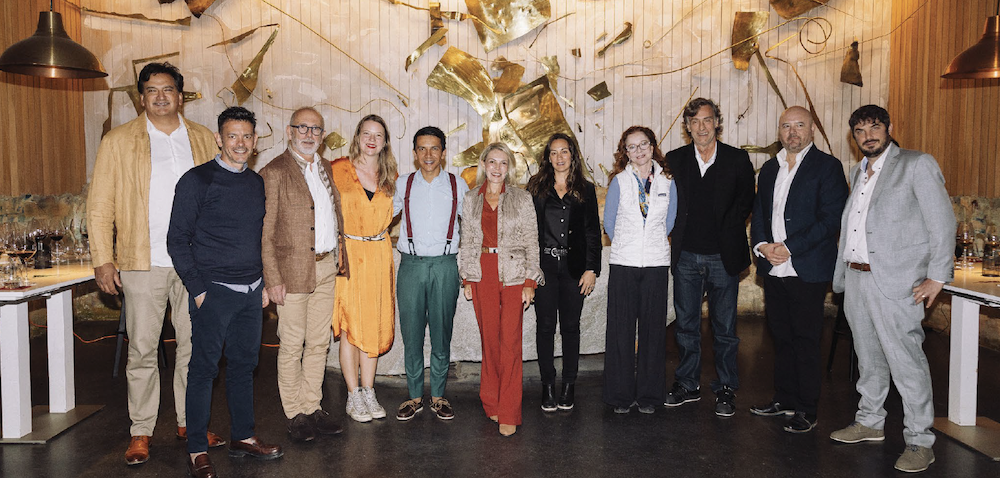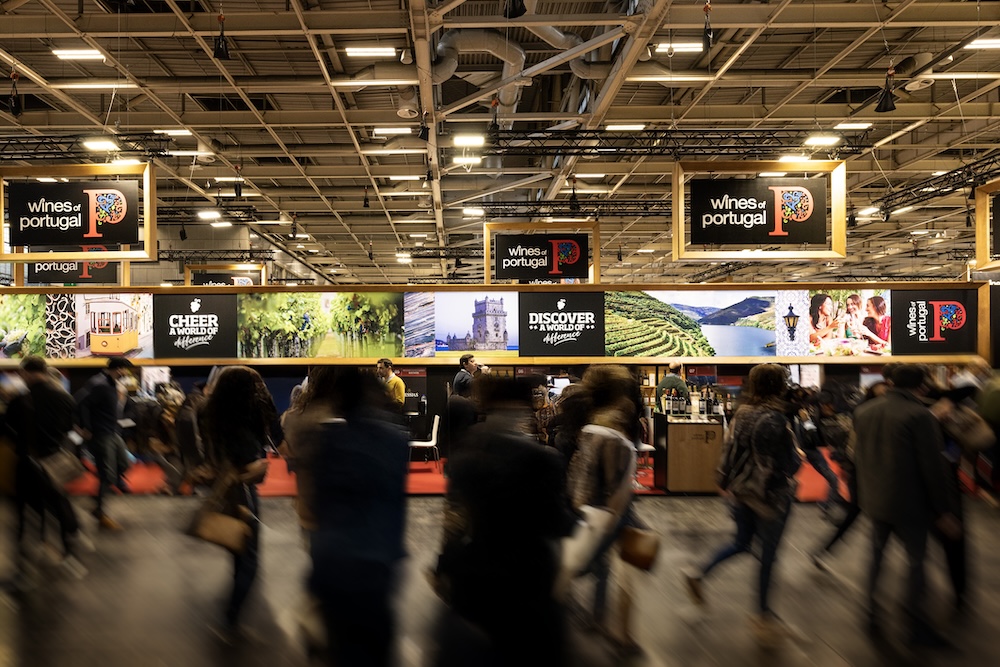
Discovery

Discovery
By Nicolas Raduget – Photographs: © Château d’Épiré - © Domaine des Baumard - © Domaine de La Bougrie - © Domaine des Clavières - © Domaine Lavigne, posted on 05 February 2024
At the crossroads between Brittany and France’s more continental regions, Anjou certainly did not draw the short straw. Its vineyards, divided between what is commonly referred to as black schist-clad Anjou and its white limestone alter ego, thrive along and around the banks of the Loire and its tributaries the Thouet, Layon and Aubance. Over 2,000 winegrowers call the area home, and have often done so for generations, producing every style of wine, both still and sparkling.
Over time, 19 appellations have been officially recognised across this extensive area covering 21,400 hectares, along with 8 designations and one PGI. Our report focuses on still white wines which all come from the same iconic grape variety, Chenin.
Our two first stops are at Château d’Epiré and Domaine des Baumard in the heart of AOC Savennières, an appellation whose size – a mere 150 hectares farmed by 30 producers in three villages – is inversely proportional to its uniqueness. The vineyards enjoy good exposure on rocky outcrops overlooking the right bank of the Loire. Then we will head for the sweet destinations of Bonnezeaux and Coteaux du Layon, stopping over at Domaine de La Bougrie and Domaine des Clavières. The last leg of our journey takes us East, to the South of Saumur for a tasting of the namesake appellation wine at the aptly-named Domaine Lavigne.
This prestigious mansion has belonged to the Bizard family since 1882 and five generations have produced wine here, perpetuating a tradition that is older still. The current owner and winemaker Paul Bizard explains: “I joined the farm in 2017 after doing a short stint in commerce beforehand. I worked for multiple retail before going back to study wine”. By 2019, Bizard had fully taken over running of the estate, after starting with the 2017 harvest. In fact, our team found one of his first wines, a 2019 La Croix Picot, particularly noteworthy. The winery only produces Savennières spanning three labels which each refer to small and unique vineyard blocks within a relatively small radius of 10 hectares in the village of Epiré itself. The nearby Loire and the vineyards’ aspect are the major defining features.


La Croix Picot is made from grapes with light noble rot, as has been customary here for many years, but “we add a touch of modernity by fermenting the wine in casks that are between one and fifteen years old”. The aim is to produce a very balanced wine that is both mineral and oaky. Paul Bizard is a keen nature enthusiast, as mirrored in the winery’s HVE certification, but he also values the family’s heritage, which he perpetuates. One of the winery’s proudest aspects is its winery: “I am so fortunate to be able to work in a 12th-century church”. It’s not just the building’s charm and unique setting that are an attraction – the very thick walls and semi-underground location ensure that temperatures stay very stable all year round, without having to resort to artificial cooling or heating systems. Another plus point is that the crop can also be conveyed using gravity. For all these reasons, René Bizard chose to turn the church into a winery in 1905, making it conducive to some highly spiritual moments.


Twenty kilometres from Angers, Rochefort-sur-Loire has rhymed with Baumard since 1634. This long-standing winegrowing family – which even operated a nursery during phylloxera – continues to enlist family members from across the generations to farm its 40 hectares set on either side of the Loire. Jean Baumard, the grandfather and figurehead of the present-day winery, passed away last summer but the lineage continues. Alongside Florent Baumard, his son and the current boss, a third generation has already signed up. Two years ago, Charles was delighted to join the winery: “We have a fairly high-end image. The most important thing in our opinion is the purity of the fruit. We only have stainless steel tanks and no barrels and we pay particular attention to pressing”.


This is true both for the sweet and the dry wines. “We have two pneumatic presses which we still use and which date back to my grandfather’s era, in 1955”. The family’s craftsmanship involves staggered pressing which enables the juice to be selected. The winery is popular in the international market – “we export quite a lot” stresses Charles Baumard – and focuses primarily on still white wines and on a Crémant de Loire. But the Baumards do produce a light red, vintage permitting. Their 2019 Le Clos du Papillon, one of their two Savennières, caught our attention in particular. It comes from more clayey soils than the Clos de Saint Yves, which grows on sandy blocks, but generally speaking, the soils are schist. “We are on the very edge of ‘black’ Anjou and there is still some influence from the Ocean”. Another of the winery’s defining features is that its vines grow in wide rows. Jean Baumard introduced the technique at the end of the 1950s so that he could go through the vines with a plough. Although the winery has farmed sustainably since then, it is now in its second year of conversion to organic. In practice, though, the vineyards have long been farmed organically: “My father was afraid there would be an extra administrative workload and pointless inspections but I kind of got the process back in motion when I arrived”, explains Charles Baumard, just to clarify things for the winery’s customers.

The winery, based in the locality of the same name which is steeped in winegrowing legends, currently extends over around 100 hectares. Eight grape varieties are grown then turned into wines that are labelled under 13 different appellations, without counting the single varietal Chardonnay and Sauvignon marketed as PGI. We fell for the Chenin in its 2018 Bonnezeaux iteration. The appellation is extremely renowned and comes with stricter specifications than other Anjou sweet wines. “This is our high-end offering, a dessert wine made in a tiny appellation area where all the vineyard blocks are small”, sums up manager Vincent Goujon. Considering the size of the farm, it’s a little like a needle in a haystack, or a real gem designed for a niche market whose price tag is inevitably above average. “This is a very special wine, bottled in 50cl bottles and we only produce a few dozen hectolitres a year, that’s all”. The vineyards are located on schist soils. In addition to this, the winery also produces other regional white wines, red that spends time in barrels on a fairly boutique scale, and mainly “a lot of rosé” due to strong, sustained consumer demand for the colour. The winery is certified HVE level 3 and is proud to belong to the independent winery producers’ organisation.

Also, to meet current requirements, it has built a low-energy, underground winery and is currently finishing a second one above ground. The cellar door facilities will be moved and packaging and labelling will be easier to handle. It’s not just the vineyards that are witnessing a change in practices – success has to be catered for and open days are hosted to welcome regular visitors. Since the pandemic, demand for this type of event has started up again with renewed vigour.
The Davy family has farmed vines in Saint-Lambert-du-Lattay for seven generations and now calls Val-du-Layon home. It produces a variety of wines in the Vieux Pressoir cellar, particularly the famous Coteaux du Layon. To reach out to a different audience, it has marketed one under the name of Domaine des Clavières since 2010 through the trading company Herbault. The 2022 vintage was tasted and particularly enjoyed by our panel. Asked how it selects its wines, Herbault’s director Patricia Fulneau explains that it is mostly through tastings. Brokers often provide an initial selection which is then honed in-house, and “when we start working with someone and things go well, we continue with the following vintages […]. There’s no secret to it”, she laughs. “We know our customers’ tastes and what they expect from the wines”. In terms of image and choice, good value for money is a cue. “We don’t offer bargain prices, other people do that much better than us in France. Neither are we up at the very high-end because the same is true. We are in-between”, concludes Fulneau, who says their price range is from 5 to 7 euros a bottle. She also stresses that because her company only sells grower wines, she has to stay on the side-lines from a promotion perspective and leave the limelight for the growers themselves. In fact, the wines are bottled using mobile facilities directly at the original cellars. The wine’s identity comes from the producer and not from Herbault, whose purpose is to provide a sales force and warehouses.


This is one aptly-named winery if ever there was one! Three generations of Lavignes – aka ‘the vine’ – have focused and still focus on wine in Varrains, South of Saumur, along the left bank of the Loire. Pascale Véron, whose maiden name was Lavigne, works with her husband Antoine. They took over the family-run business in 1999 and now manage 45 hectares of vines, “which are unique in that they are planted to 42 hectares of Cabernet franc and 3 hectares of Chenin”. Alongside the two grape varieties there is now some Pinot noir and some Chardonnay to produce a special Crémant de Loire extra-brut label, which is new to the range.

Véron admits that in this particular region, “Saumur-Champigny is the prime mover”, which explains why Cabernet franc is so widespread in their vineyards. However, our panel homed in on their 2021 white Saumur Les Aïeuls. “We did an initial pass for our traditional white, then a second one and did some light sorting, let’s say, on clay-limestone soils, with some more weight to produce slightly fatter wines”, explains winegrower Véron. The fruit then goes direct-to-press and after fermenting in tanks for a little while, spends six months in 500-litre barrels, or demi-muids. Using this technique, “the wine stays dry but takes on a more oily, more structured side”. And if you’re concerned that the wine might be too oaky, there’s no need to panic: “The barrels are twice the size of a classic cask so there is a lot more wine than wood”, sums up Véron, pointing to more honeyed aromas. Down the years, this family-run winery has built up a loyal customer base which can continue to enjoy its wines’ good value for money.


Discovery

Discovery

Discovery